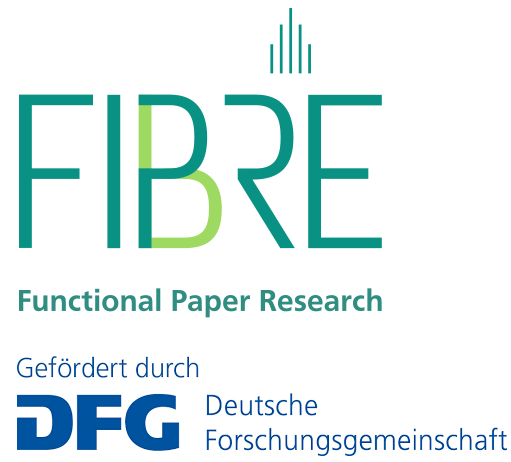Porosity Modulation of Cellulose Fiber Mats by Phase Inversion of Block Copolymers
In the project, functional pore structures are generated by self-assembly of amphiphilic block copolymers at the cellulose fiber interfaces. The aim is to elaborate how the size, shape and polarity of the paper fibers in detail, but also the paper confinement as a whole, affect the structure and pore formation of amphiphilic block copolymers.
The formation of specific polymer domains in the presence of polar fiber interfaces will be addressed by polymer design and by variation of further parameters during the self-assembly process, in order to understand the structure-property relationship of these functional papers. For this purpose, tailor-made block copolymers will be prepared by means of living anionic polymerization or controlled radical polymerizations in order to yield a range of 10 to 50 % per volume of the hydrophilic block segment. The amphiphilic block copolymers will be combined with cellulose fibers by different pathways ion order to provide access to hybrid block copolymer cellulose films, for which structure-relationships for microphase separation and pore formation will be elucidated. The interaction of the tailor-made and – by synthesis – adjustable hydrophilic block segments will be capable of forming hydrogen bondings with the cellulose surface. It is expected that the classical phase diagram for amphiphilic block copolymers will tremendously be changed by interactions in the cellulose confinement. Moreover, the self-assembly and non-solvent induced phase separation (SNIPS) process will be accomplished by varying the parameters of casting the block copolymers from binary or ternary solvent mixtures (solvents, viscosity, rate of evaporation, humidity, casting speed, additives and other parameters).
By this strategy, an additional pore structure will be generated. Finally, homopolymers will be covalently attached at the fiber surface and their influence on microphase separation, pore formation, and stability will be investigated. If crowned by success, this project lead to a novel platform of free-standing, flexible polymer-cellulose-based materials for e.g. microfluidic or sensing applications.





